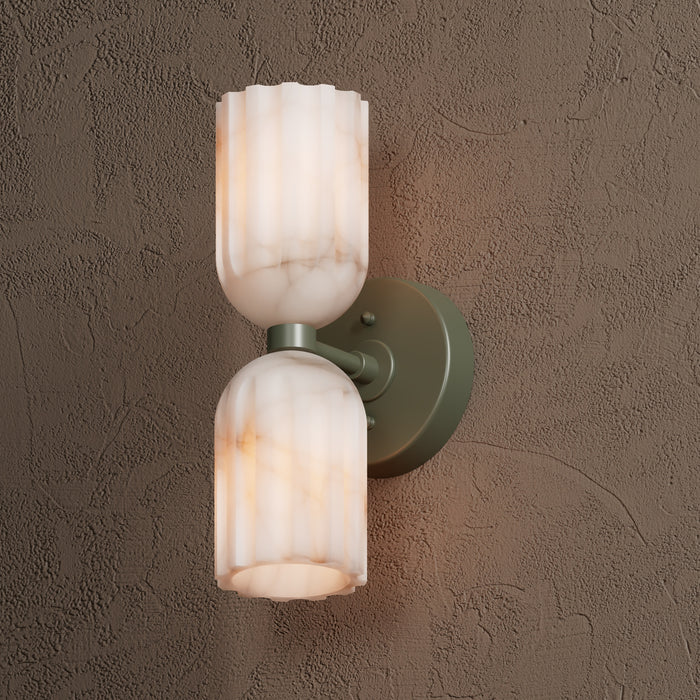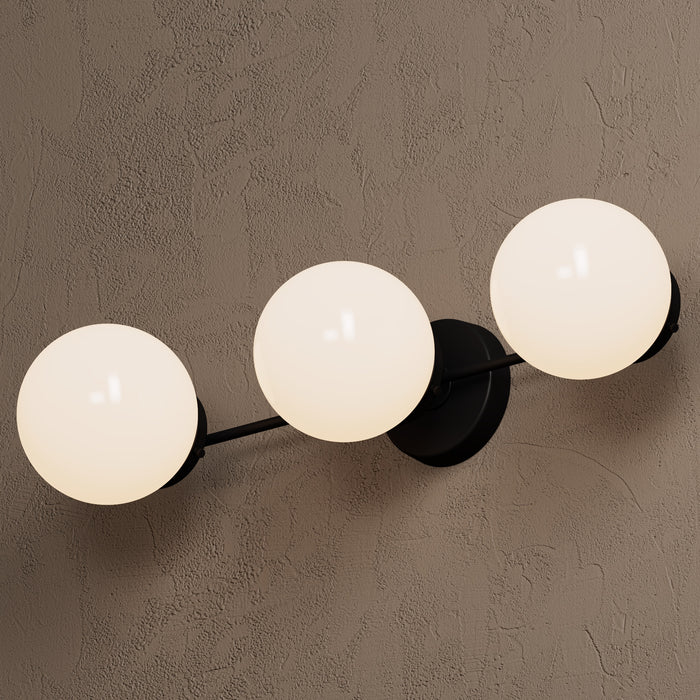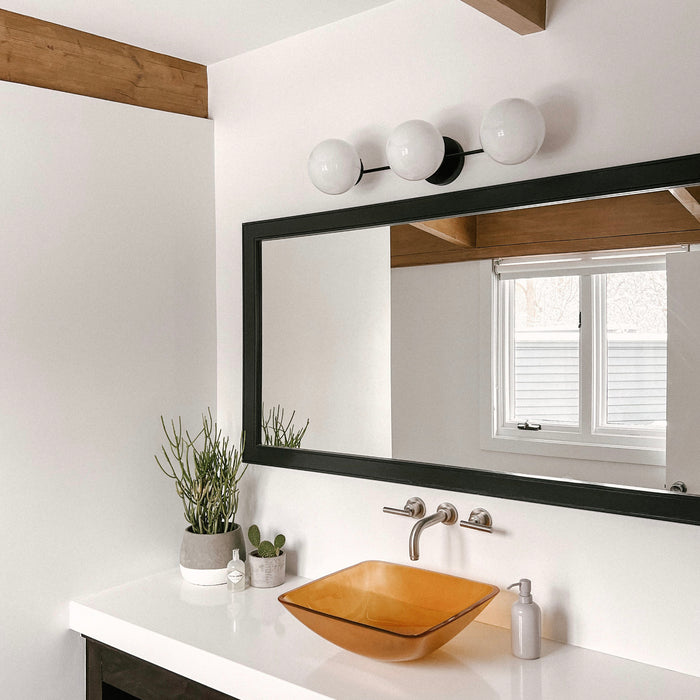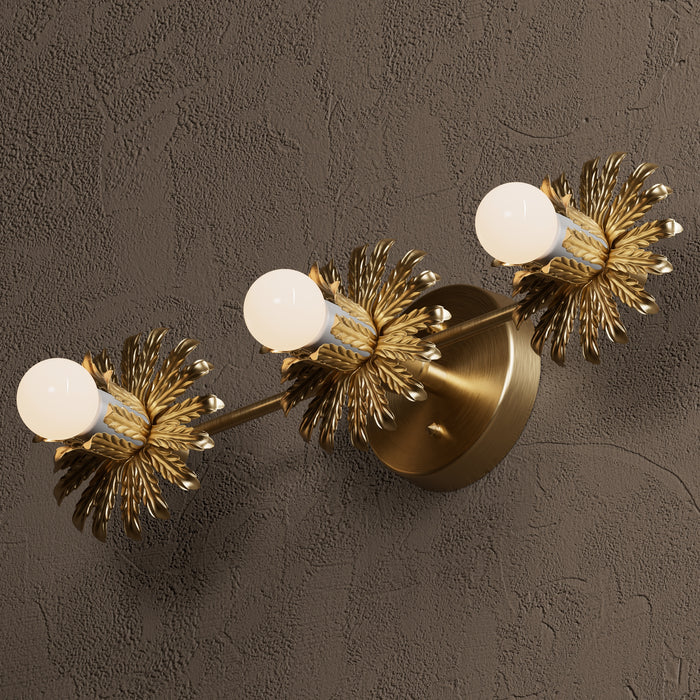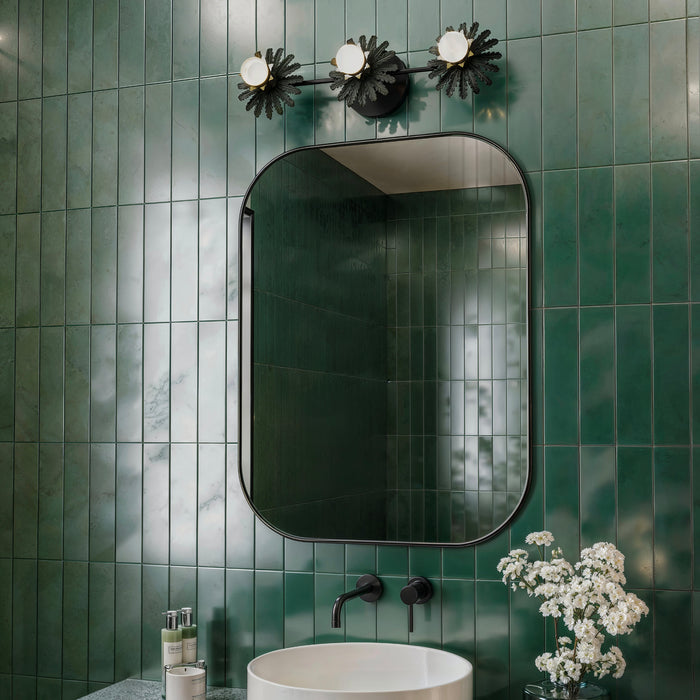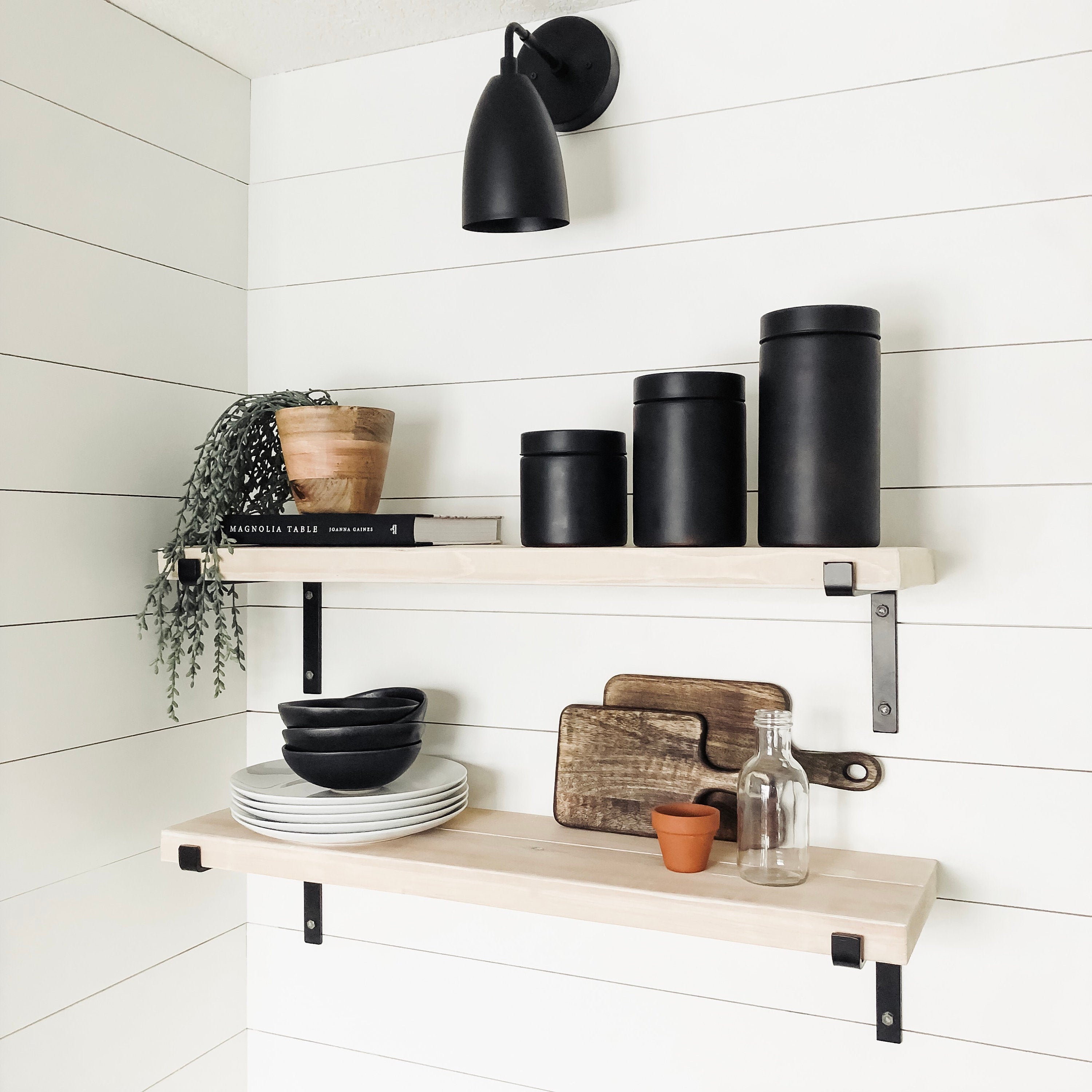Making a tiny place appear larger can be difficult, but the correct lighting can turn even the coziest of rooms into an airy, expansive sanctuary. Whether you choose mid-century light fixtures or vintage sconces, strategic lighting may provide a sense of additional space.
Here's how to utilize lighting to make your tiny areas appear larger.
How To Make Small Spaces Look Bigger
1. Maximize Natural Light
Natural light is one of the most effective methods to make a room feel more spacious. It provides a cheerful, welcoming environment and makes a place appear larger.
How to Utilize It:
- Keep windows free of heavy, dark curtains. Opt for sheer or light-colored drapes to allow maximum daylight into your space, making it feel larger and more open.
- Use mirrors to reflect natural light around the room. Strategically placing mirrors opposite windows can double the impact of natural light and visually expand the space.
2. Use Multiple Light Sources
Relying on a single light source might cast shadows and make a space appear smaller. Layering multiple forms of lighting helps to uniformly illuminate the room.
How to Implement It:
- Combine ambient, task, and accent lighting. Use antique flush-mount ceiling lights for broad illumination and vintage sconces for focused lighting to remove shadows and provide depth.
- Add vintage sconces on the walls to eliminate dark corners. Incorporate table and floor lamps to add layers of light that enhance the room's dimensions and functionality.
3. Incorporate Reflective Surfaces
Reflective surfaces may bounce light about the space, increasing the sense of spaciousness. They are particularly useful in compact places with minimal natural light.
How to Utilize It:
- Choose lighting fixtures with reflecting coatings. Vintage light fixtures with metallic or glass elements may intensify light and create a spacious environment.
- Use glass or reflected furnishings. Metallic or shiny items can reflect more light, making the space appear brighter and bigger.
4. Opt for Light Colors
Lighter colors reflect more light than darker colors, making a space look larger. They also contribute to an open and breezy atmosphere, which is vital for tiny areas.
How to Implement It:
- Paint the walls and ceilings in bright, neutral tones. This improves the natural lighting and makes the area feel larger.
- Choose light-colored furniture and decorations. Use mid-century light fixtures with a clean, minimalist style to compliment the light color scheme and reduce visual clutter.
5. Focus on Vertical Space
Drawing the attention upward may make a room appear taller and larger. Vertical features in your lighting design may provide a feeling of height in your room.
How to Utilize It:
- Install vertical lighting devices like tall floor lamps or wall sconces. Vintage sconces can be hung higher on the wall to bring attention upward.
- Utilize old light fixtures with extended shapes. Hang drapes near to the ceiling to provide the appearance of height and make the space feel more spacious.
6. Highlight Key Areas
Highlighting prominent areas in a room can help to detract from its size and create a sense of depth. Strategic lighting may bring attention to certain places while improving the overall atmosphere of the space.
How to Implement It:
- Use spotlights or track lighting to highlight artwork or architectural details. This adds visual appeal while also creating layers of light.
- Place old sconces on each side of a prominent item. Install a mid-century light fixture over a dining table or seating area to provide a visual anchor and depth.
7. Avoid Clutter
A messy room may feel claustrophobic and narrow. Keeping the environment clean and orderly improves the effectiveness of your lighting efforts.
How to Utilize It:
- Use basic mid-century light fixtures that do not dominate the space. Clean lines and basic designs contribute to the overall sense of openness.
- Keep all superfluous stuff off the surfaces. Use storage options that complement the décor to keep clutter out of sight and the space feeling open.
8. Choose the Right Light Bulbs
Your light bulbs' color temperature and brightness might affect your impression of space. Choosing the proper lights may improve the room's ambience and size.
How to Implement It:
- Use bulbs with a greater lumen output to provide proper brightness. Bright, well-lit spaces seem bigger and more inviting.
- Choose light bulbs with a color temperature between 2700 K and 3000K to create a warm, inviting glow. Consider using dimmable lights to vary the lighting levels based on the time of day and mood.
How can lighting be used to make a small room appear larger?
Lighting may make a small space look larger by utilizing various light sources to remove shadows and provide balanced lighting distribution. Reflective surfaces and correctly positioned mirrors may also assist in bouncing light about the space, increasing the sense of spaciousness.
What light fittings make a room look bigger?
Mid-century light fixtures with streamlined designs, antique flush-mount ceiling lights for unobtrusive illumination, and vintage sconces for accentuating vertical space and providing depth are all examples of light fittings that make a room appear larger.
Choosing fixtures with reflecting coatings can help increase light and create an open, breezy feeling.
How to add lighting in a small space?
Lighting a tiny room entails blending ambient, task, and accent lighting for a layered appearance. Use historic flush-mount ceiling lights to provide general illumination, vintage sconces to eliminate dark areas, and table or floor lamps to provide usefulness and depth.
How do you maximize natural light in a small space?
Maintain clear windows, utilize sheer curtains, and strategically arrange mirrors to reflect light across the space. This may greatly increase the light, making the area feel larger and more inviting.
What are the benefits of using multiple light sources?
Multiple light sources assist in reducing shadows and properly dispersing light, making a space appear bigger and more welcoming. They also provide more control over the atmosphere and usefulness of the room.
How do reflective surfaces enhance a small space?
Reflective materials, such as mirrors and metallic finishes, bounce light about the room, increasing the sense of space. They also help spread natural and artificial light, making the space look brighter and bigger.
Why is it important to use light colors in small spaces?
Light colors reflect more light, making a room look brighter and larger, but dark hues may make a place feel smaller. Light colors on walls, ceilings, and furniture create an open and breezy sense.
Summary
Using lighting to make tiny places appear larger requires strategic planning and deliberate decisions. You may convert a small space into a large refuge by optimizing natural light, stacking different light sources, and using reflecting surfaces. Whether you favor historical light fixtures or mid-century designs, the correct lighting can create an open and airy atmosphere.
